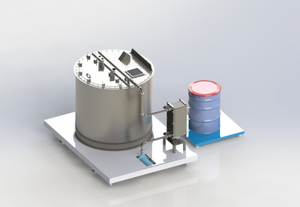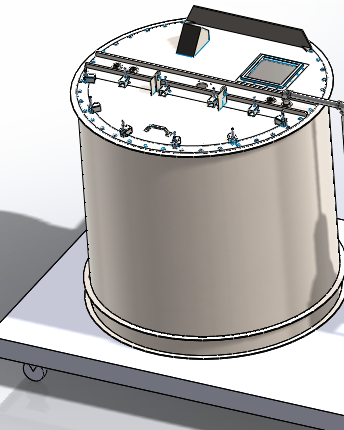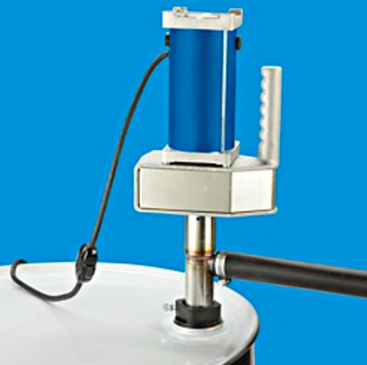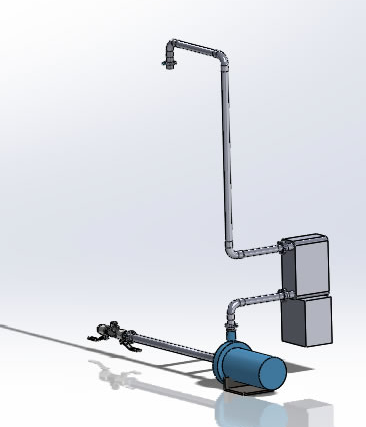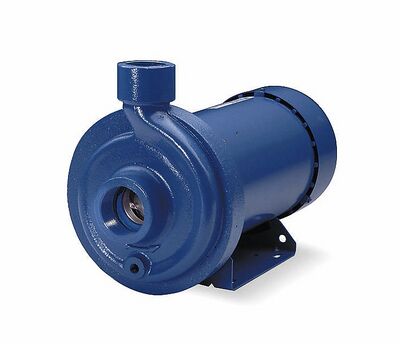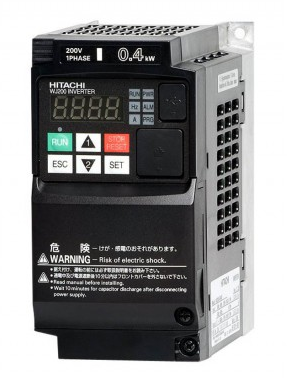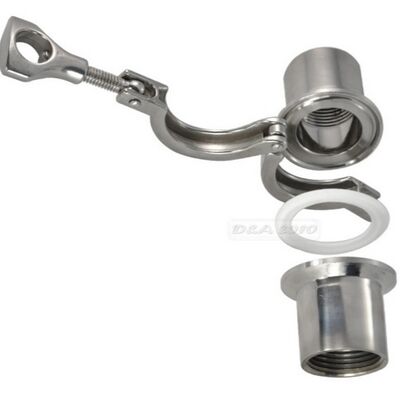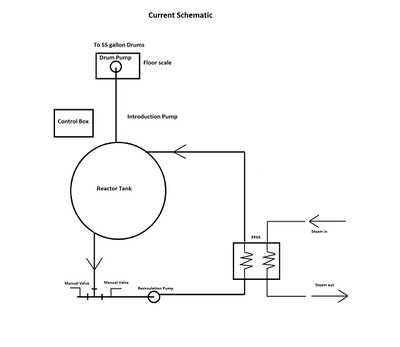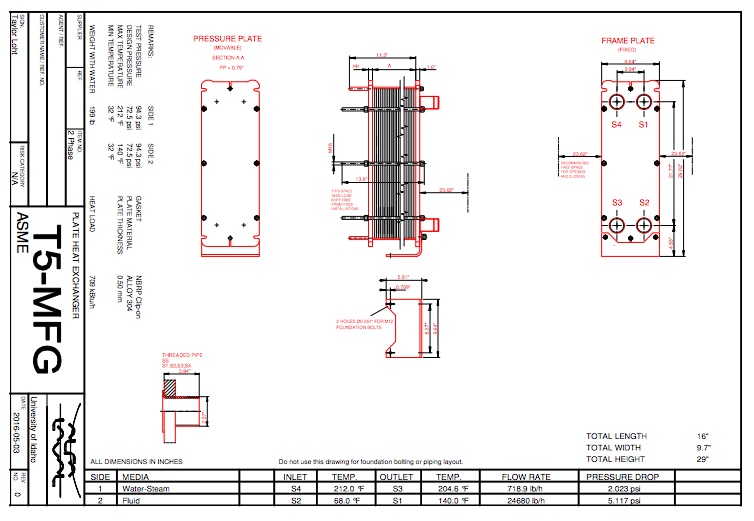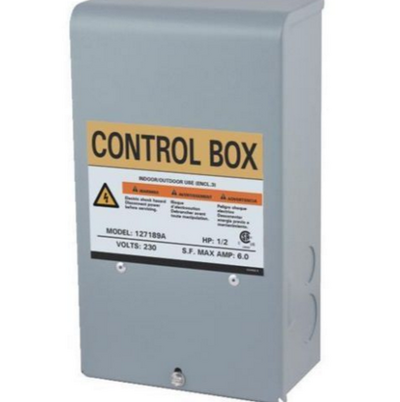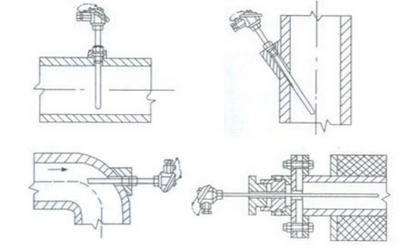Biodiesel Reactor Modifications
| Biodiesel Current Render | |
| Sponsors |
|
| Team Name | Future Fuelers |
| Duration | Fall 2015 - Spring 2016 |
| Faculty Advisers | |
| Mentor |
|
| Students |
|
The University of Idaho has been a pioneer in producing bio-fuels and developing better methods for many years. Currently, the process is outdated and unsafe. Our task is to add heat and introduce chemicals in a safer and more accurate way.
Background[edit | edit source]
As fuel prices rise, the United States continually consumes fuel at an astronomical rate. We are presented with a problem because our main fuel sources are non renewable. The Biological and Agricultural Engineering Department at the University of Idaho has been doing research on biodiesel for many years now as well as supplying biofuel for cars on campus. They are continuously improving and this years team of students are to be implementing faster and more safe ways to operate our current biodiesel reactor.
Problem Definition[edit | edit source]
The University of Idaho currently uses a 300 gallon biodiesel reactor for research and production of biodiesel. Our objective is to shorten the time for reaction, while adhering to any safety concerns. To do this, we will need to find an effective way to heat the reactants from room temperature to 60 degrees Celsius, create a system for introducing the reactants to the reactor, and condense off the excess methanol that is present. In order to accomplish this systems compatible with the biodiesel will need to be safely implemented.
Deliverables[edit | edit source]
The Future Fueler’s must be capable of accomplishing a series of tasks including:
- Heating 20°C-60°C by replacing electrical heating system with steam from a boiler
- Size and select an introduction pump to measure and pump pre-defined quantitate of reactants
- Design the recirculation and mixing loop
- Ensure material compatibility for biodiesel and other chemicals.
Project Learning[edit | edit source]
Biodiesel is made through a chemical reaction where a catalyst reacts lipids with alcohol. This Process requires continuous mixing and heat. This process also has a by product of glycerin which can be reused in other applications including but not limited to in cosmetic, medical and household. In order to minimize the "soap" (a product of water being present in the system) production in this production the team of Biodiesel Scientist at the University of Idaho have decided to use Sodium methyl-ate as the catalyst, methanol as the alcohol and waste vegetable oil as the lipid.
Design[edit | edit source]
Current Design[edit | edit source]
| Image | Summary |
|---|---|
Tank
The 300 gallon reactor tank is what was existing prior to us starting the project along with the movable platform. | |
Introduction Pump
This stainless steel drum pump from Uline Industries delivers 17 gallons per minute, which is more than adequate to deliver reagents from 55 gallon barrels to the reactor tank in a timely manner. We chose a drum pump over a stationary pump because it was more cost effective for our purposes. All the components are compatible with the reagents; however, we are currently researching an 1/8 horsepower explosion proof motor to replace the existing one to make the introduction system more safe. As an additional safety percussion there is a manual switch on the pump to prevent any electronic mistakes made from the programing. | |
Introduction Scale
Our introduction scale from SellEton.com is a large floor scale that measure 40”X40”. It has a maximum weight of 2500 pounds and increases by increments of 0.1 lbs. The possible error on this scale is approximately, 0.625 lbs. which is an acceptable for our use, since we normally pump over 100 lbs. at any time. This scale also has the capability to be connected to a computer via usb port, which make programing easier. In the future we hope to purchase additional software for this scale so that we can control the program wirelessly. Ideally in the future two more of these scales will be purchased, so that each reagent has its own scale. | |
Programing for Scale
In order to introduce the correct amount of chemicals for the biodiesel reaction to take place we had to develop some code to automate the process. We decided to use an Arduino interfaced with a graphical computer program called LabVIEW. LabVIEW uses serial communication with the scale to extract the weight at any given moment on the scale. Once the user inputs how much weight they want to be pumped from the drum LabVIEW calculated the target end rate. Once the target end rate is reached LabVIEW sends a signal to the Arduino through the serial communications port. We used Boolean logic to control a contactor that in turn shuts of power to the drum pump. | |
Recirculation Loop
The Recirculation Loop is made up of 1 1/2" stainless steel tubing. We implemented this recirculation loop to accomplish two different out comes. First of which to allow for better mixing and second to allow for a way to incorporate our heat exchanger for better heating which allows quicker and more efficient reaction. Stainless steel was an important component as it is compatible with all of our reactants of sodium methelate, methanol, and waste vegetable oil. The choice of tubing verse piping was mostly based on cost trying to keep our budget to a minimum. | |
Recirculation Pump
The pump we chose was a 60 gpm pump with a Totally Enclosed Fan Cooled(TEFC) motor. This allows for recirculation approximately every 6 minutes. Safety factors needed to be considered when choosing our pump because of the hazardous materials being closed. It was decided that the motor being totally enclosed would meet those requirements. | |
VFD
The Hitachi WJ200 has similar to PLC functionality and has Easy Sequence (EzSQ) programming function.One aspect that is nice is that the vector control has high starting torque and improved speed stability. This making it great for fast stopping applications. It also has a safe-stop function. It is easy to control with external controler. It is dual rated and can control induction and PM motors. | |
Pump Stand
The pump stand helped provide stability and placement for our recirculation pump. We did have some issues with alignment once in the shop which are currently being resolved. | |
Fittings
For the re-circulation loop and the reagent introduction systems it is important for safety as well as maintenance reasons that each system should not experience any leaks and must be very simple to disassemble for cleaning. This goal is achieved largely due to the type of fittings being implemented. Sanitary fittings allow for a very tight seal between two sections of piping. They are composed of the welded ferrule which is the stainless steel component that gets welding to the end of each pipe section, the seal which is made of a compatible material called viton, and the tri-clamp which holds both ferrule fittings together. The sanitary fitting assembly is as straight forward as unscrewing a wingnut, yet sealed and strong enough of a fitting to prevent leaks that are typical with threaded fittings. |
Prospective Design[edit | edit source]
| Image | Summary |
|---|---|
Design Schematic 'To Be'
This is a design schematic to show what we would like to achieve. | |
New Heat Exchanger
Here is a drawing of the plate and frame heat exchanger Alfa Laval sized for us. The downside is that they could only use provide EPDM and Viton gaskets which are not 100% compatible with all of our chemicals. Other options are to have them size a shell and tube heat exchanger or go with this plate and frame and change out the gasket materials. | |
Control Box
For all of our electrical components to be properly contained we will be purchasing a control box. It is uncertain of the exact model at this time and an example picture is provided. | |
Thermocouples
It would be ideal to have the system be able to shut off once it has reached the desired temperature. To to this LabView can be used to control the thermal couple being inserted into the fluid inside the piping system. The current thermocouple being used is K type. |
Team Members[edit | edit source]
| Picture | Bio | Discipline |
|---|---|---|
Cameron Snow:
I am a senior undergraduate at the University of Idaho working toward my Bachelor of Science in Eco-Hydrological Engineering and will graduate in the Spring of 2016. I'm from western Washington. In my free time I enjoy outdoor activities, sports, and spending time with family and friends. |
BAE | |
McQuiad Murray:
I have been at the University of Idaho for five years studying Mechanical Engineering and I am so ready to graduate. I currently have an internship at Schweitzer Engineering Laboratories that started last summer. I have plenty of good memories of my college years and plenty more to come after I graduate. |
ME | |
Jessica Curtis:
I'm a senior studying Biological and Agricultural Engineering at the University of Idaho. I've had one internships previously. Last summer, I worked with the Industrial Assessment Center for the University of Idaho Division in Moscow, Idaho. Some of my hobbies include outdoors, music, cooking, and bar-tending. |
BAE | |
Ethan Scott:
I grew up in Nezperce, ID where I graduated from high school in 2012. After graduating I was accepted to the University of Idaho and began studing mechanical engineering. In my spare time I enjoy playing sports and outdoor activities. My interest in thermodynamics and fluid flow encouraged my choice to participate in the bio-diesel reactor senior project. I will be graduating in the spring of 2016 with hopes of landing a job with a company that specializes in renewable energy generation.
|
ME | |
Greg Standerford:
I grew up in Caldwell, ID on a fruit farm. Later on, I went to work for Agri-lines Irrigation, which sparked my interest in my Major in Biological and Agricultural Engineering. In my spare time I likes to be outdoors whether it be shooting, fishing or camping. I wish to work for big irrigation design company like Lindsay Corporation, Nelson Irrigation, or Wade Rain. |
BAE |
